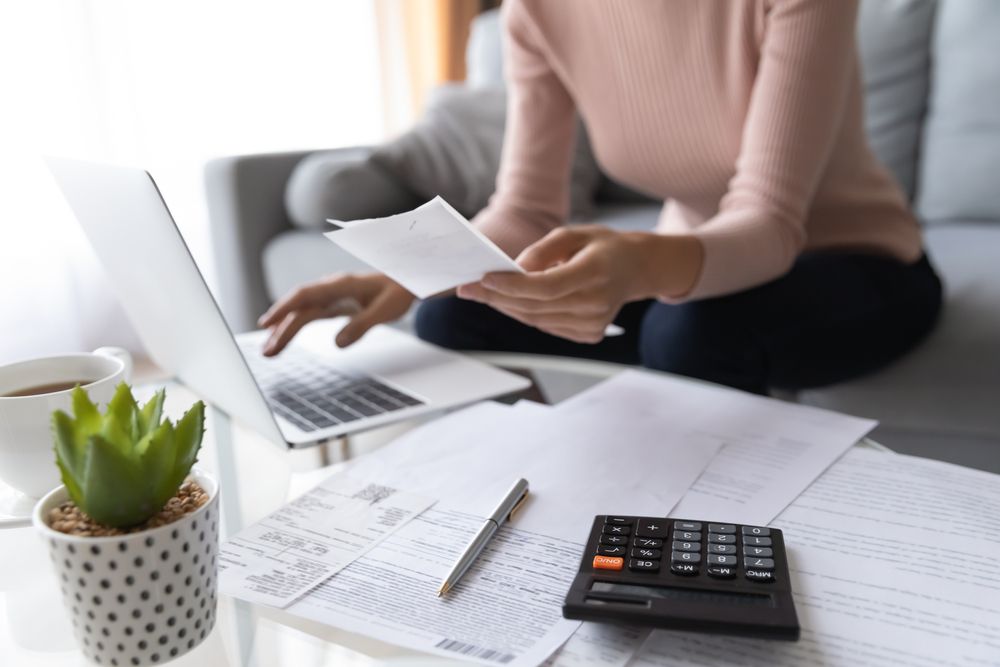Paying off debt can be challenging, but the snowball method offers a strategic way to reduce your balances efficiently. This method focuses on building momentum by tackling your smallest debts first, which can boost motivation as you see results quickly. Here’s how to use the debt snowball method effectively and stay motivated throughout your debt repayment journey.
Step 1: List All Your Debts from Smallest to Largest
To start, make a list of all your debts, from the smallest balance to the largest. Include credit card balances, personal loans, medical bills, and any other debts you want to pay off.
How to Organize Your Debt List:
- List Debts by Balance, Not Interest Rate: With the snowball method, you prioritize by the balance size rather than the interest rate, focusing on paying off the smallest balance first.
- Include All Relevant Details: For each debt, list the balance, minimum payment, and interest rate. While you won’t prioritize interest rate in this method, it’s helpful to know it for reference.
- Identify the Target Debt: The smallest balance will be your first “target debt” in the snowball method, which you’ll focus on paying off first.
Starting with the smallest debt helps build momentum and allows you to see progress quickly, which can be highly motivating.
Step 2: Make Minimum Payments on All Debts Except the Smallest One
To stay on track, continue making minimum payments on all debts to avoid late fees and additional interest. Then, allocate any extra money you can toward the smallest debt, which you’ll pay off first.
Why Minimum Payments Are Important:
- Avoids Fees and Penalties: Making at least the minimum payment on each debt prevents late fees and keeps your accounts in good standing.
- Protects Your Credit Score: Paying at least the minimum helps maintain a positive payment history, which is beneficial for your credit score.
- Frees Up Extra Money for Your Smallest Debt: The goal is to focus any additional funds on your smallest debt, accelerating its payoff.
By focusing on just one debt while keeping up with minimum payments on the others, you’re streamlining your efforts and preventing further debt buildup.

Step 3: Focus Extra Payments on Your Smallest Debt
Now, direct any additional funds—like from side gigs, bonuses, or cutting discretionary spending—toward your smallest debt. This concentrated effort speeds up the payoff process for the first debt, helping you achieve a quick win.
Strategies to Find Extra Payment Funds:
- Reduce Non-Essential Spending: Trim expenses like dining out, entertainment, or subscriptions, and redirect that money toward your debt.
- Use Windfalls Wisely: If you receive a tax refund, work bonus, or any unexpected money, apply it to your smallest debt.
- Consider Side Gigs or Freelance Work: Earning extra income through part-time work or freelancing can accelerate debt repayment significantly.
The faster you pay off this first debt, the sooner you can move on to the next one, building momentum with each balance you eliminate.
Step 4: Celebrate Your First Win and Roll Payments to the Next Smallest Debt
Once you’ve paid off your smallest debt, celebrate the milestone—it’s a significant achievement! Then, take the amount you were paying toward that first debt and add it to the minimum payment on the next smallest debt.
How to Keep Up the Momentum:
- Track Your Progress: Use a visual tracker, like a chart or app, to see your accomplishments, which can keep you motivated.
- Apply Previous Payment Amount to New Target Debt: The payment amount “snowballs,” increasing as each debt is paid off, which accelerates your progress.
- Stay Consistent: By consistently applying extra payments to the next debt on your list, you’ll see faster results and stay motivated.
The snowball method’s strength is in its ability to build momentum with each victory, keeping you focused and motivated to continue paying down debt.
Step 5: Repeat the Process Until All Debts Are Paid Off
Continue applying the snowball method by paying off each debt in ascending order, rolling the payments forward to tackle the next balance. As you move from one debt to the next, your “snowball” of payments grows, enabling you to pay off larger debts more quickly.
Staying Motivated and Consistent:
- Reflect on Your Progress: As you see more debts eliminated, reflect on your progress to remind yourself of the benefits of staying on course.
- Adjust Budget as Needed: Periodically review your budget to see if you can allocate more funds to debt repayment.
- Visualize Financial Freedom: Imagine a debt-free future to stay motivated, focusing on the benefits like increased savings and reduced financial stress.
The debt snowball method’s structure makes the journey feel achievable, with small wins helping you build toward bigger ones until all debts are fully paid off.
Pros and Cons of the Snowball Method
Before committing to the snowball method, it’s helpful to weigh its benefits and limitations to see if it’s the right approach for you.
Pros of the Snowball Method:
- Quick Wins Boost Motivation: Paying off smaller debts first gives a sense of accomplishment that can keep you motivated.
- Simplicity: The method is easy to follow, making it a great choice for those who want a straightforward debt payoff plan.
- Encourages Positive Habits: The focus on progress builds a habit of prioritizing debt repayment, which can prevent future debt.
Cons of the Snowball Method:
- May Cost More in Interest: Since you’re not prioritizing high-interest debts, the snowball method can result in paying more interest over time.
- Requires Discipline: Sticking to the plan and not adding new debt takes commitment, so discipline is essential to success.
The snowball method is particularly effective if you’re motivated by visible progress, though those with high-interest debts might consider other methods, like the debt avalanche approach.
Tips for Success with the Snowball Method
To make the most of the snowball method and stay on track, consider these additional tips:
- Automate Payments: Automating your minimum payments ensures you don’t miss any, while extra payments on your target debt can be scheduled to stay consistent.
- Stay Positive and Patient: Debt payoff is a journey. Celebrate small wins and stay patient as you work toward financial freedom.
- Avoid Adding New Debt: Try to avoid new debts during this process, so your progress isn’t offset by additional balances.
- Stay Accountable: Share your goals with a friend or family member who can help keep you motivated and accountable.
The debt snowball method is an efficient and motivating strategy for those looking to eliminate multiple debts while gaining momentum with quick wins. By paying off the smallest debts first, you build confidence and motivation to tackle larger balances. While it may not be the fastest way to eliminate high-interest debt, the snowball method’s psychological benefits make it a popular and effective choice for many. With commitment and focus, this method can help you achieve financial freedom one debt at a time.





